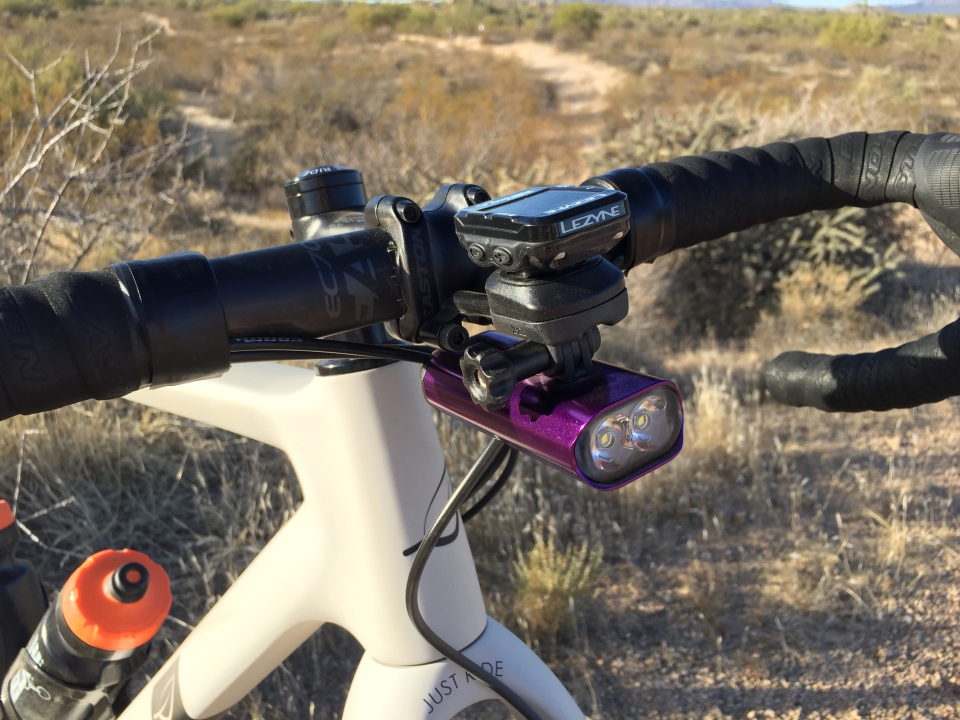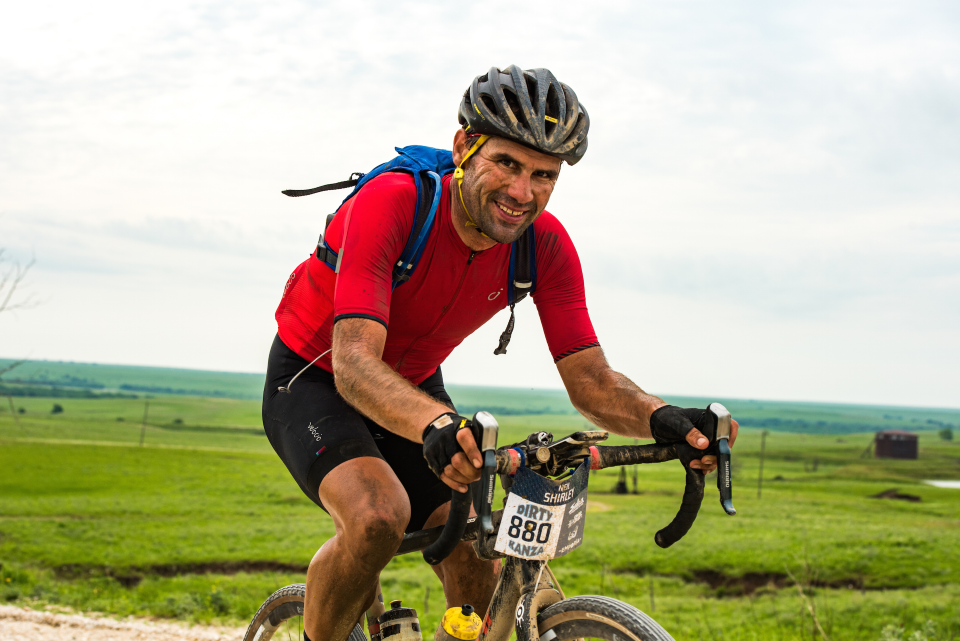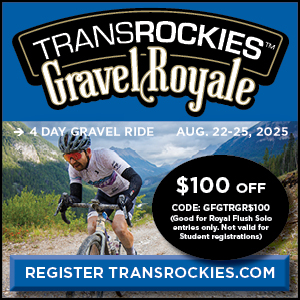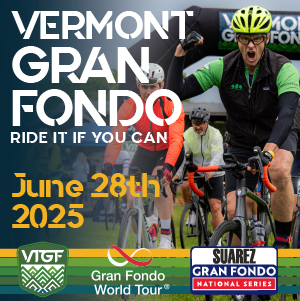First Timer’s Guide To Crushing Dirty Kanza
Gravel champion Neil Shirley shows you how to CRUSH Kanza first time round! Neil will be at the start line in just a few week's time ...
If you were fortunate enough to land one of the heavily sought after entries into Dirty Kanza you probably had an immediate reaction of excitement thinking, “I’m going to DK!” That was probably quickly replaced by a level of panic as you realized, “I’m going to DK!”
There are a number of considerations quite unique to DK that add to the complexity of an already very challenging day. On top of the training needed to endure 11-20 hours in the saddle, other things such as the traditional feed zone we’re all accustomed to at events don’t exist, and neither do course markings. Two things that require a level of planning.
After registering for my first DK, I remember feeling overwhelmed trying to find as much information as I could, talking to past competitors and reading any race reports I could find. Five years later, and having now helped a number of friends through their first edition, I thought I’d finally put together a checklist of things to consider.
First off, if you haven’t yet read the DK Rider Bible, start there. Then continue on.

Checkpoints
Either you decided to have your own pit crew support at each of the three checkpoints (only one checkpoint for the 100-mile route), or you’ve paid for the crew-for-hire option since there is no such thing as “neutral” feeds typical of other events. The trick to getting through each checkpoint quickly is a little prior planning. If using the crew-for-hire, you’ll need to have three separate bags (each bag goes to a different checkpoint) that are filled with everything you need, could need, or think you’ll never need.
If you have your own crew support you don’t necessarily have to separate things into bags, but again, plan for the worst and then you’ll be prepared if and when that happens. The checkpoints get a bit hectic, especially the first one, so the promoters have separated them into five color sections (red, orange, blue, yellow, green). During registration, riders that have a support person are given a color card, which will be their assigned section for the following day. Once entering the checkpoint, riders follow the signs to their section and then can fairly easily find their crew in the sea of tents. So what should be on your packing list for the checkpoints? This is what’s on mine.
 Pre-mixed bottles and hydration pack for fast exchange at each checkpoint
Pre-mixed bottles and hydration pack for fast exchange at each checkpoint
 Foods that you’re used to training with, and then others that you might want late in the day when your gut can’t tolerate any more sugary drinks and food
Foods that you’re used to training with, and then others that you might want late in the day when your gut can’t tolerate any more sugary drinks and food
 Chamois cream
Chamois cream
 Sunscreen
Sunscreen
 Chain lube
Chain lube
 Extra tire and tubes
Extra tire and tubes
 Spare chain
Spare chain
 Topical Edge Performance & Recovery Lotion (for re-application)
Topical Edge Performance & Recovery Lotion (for re-application)
 High power headlight in checkpoint 3 bag
High power headlight in checkpoint 3 bag

Navigation
Because the course is not marked, you need to either print out paper cue sheets (yes, some people do that), or have a GPS computer capable of navigation with turn-by-turn directions. Once the route is announced prior to the race, you’ll need to upload the GPX file to your device. This is something that shouldn’t be left until the day before DK if you’re not experienced with using your device for routing. Map out a couple of rides, upload the file, and go make sure you have it dialed and understand the settings.
One thing to remember is few of the computers out there have the battery life needed to get you through the entire day when navigation, ANT+, and Bluetooth features are being used, so an external battery is strongly recommended. This is where it can get a little more complicated since now we’re talking about attaching a battery to the bike and ensuring that the computer mount still allows room for the cord to access the computer. In the past, I’ve had good luck with a cylindrically shaped battery mounted to the top of my stem with a short USB to Micro USB cord plugged into my device. I turn on the battery at start to power the computer so that later in the event when my brain is in a deep fog, I don’t even need to think about it. Once the external battery dies the computer should automatically switch over to its own power. Since different brands and models function differently, make sure you have this figured out.
 GPS computer w/ navigation features
GPS computer w/ navigation features
 Backup battery with cord and mounting accessories
Backup battery with cord and mounting accessories
 Paper cue sheets or have the route saved on your phone as a backup
Paper cue sheets or have the route saved on your phone as a backup
On The Bike
How much is too much to bring on the bike? You’ll see the full gamut out there; riders in skinsuits looking like they’re about to race a 45-minute criterium to those with everything but the kitchen sink. For me, I bring the minimal amount possible that still allows me to fix most any issue, and comply with the rules, such as that all riders must have a headlight and taillight on their bike at all times. I use the small Femto Drive lights by Lezyne, and then pack more powerful lights in my third checkpoint bag just in case I’m going to find myself finishing in the dark, which has happened even though I didn’t anticipate it. Fortunately, I packed a 1000 watt headlight so it ended up not being a problem. Here’s my list of things I’ll have in my Jet Roll seat pack and strapped to my bike.
 Headlight and tail light
Headlight and tail light
 Chain quick-link
Chain quick-link
 Two tubes
Two tubes
 Two Co2 cartridges
Two Co2 cartridges
 Dynaplug tubeless repair system
Dynaplug tubeless repair system
 Lezyne pump
Lezyne pump
 Tire boot
Tire boot
 Multi-tool with chain tool (without this I would have been a DNF my first year)
Multi-tool with chain tool (without this I would have been a DNF my first year)
 Spare derailleur hanger
Spare derailleur hanger
 Phone (keep it in a ziploc bag because a river crossing or rain can be its undoing)
Phone (keep it in a ziploc bag because a river crossing or rain can be its undoing)
 Can & Cannot
Can & Cannot

There really aren’t a ton of rules for DK, just some common sense things that have somehow proven confusing to some riders in the past.
 You can only take mechanical support at the checkpoints, unless it’s from another rider
You can only take mechanical support at the checkpoints, unless it’s from another rider
 You can take a water bottle from a stranger on the side of the road...if you’re passing by their house and they’re providing the same support to everyone
You can take a water bottle from a stranger on the side of the road...if you’re passing by their house and they’re providing the same support to everyone
 You cannot have your buddy, wife, husband, or other out on course unless you are dropping out and they are picking you up
You cannot have your buddy, wife, husband, or other out on course unless you are dropping out and they are picking you up
 You can stop at a market and buy food/drinks outside of the checkpoints, but good luck finding a market out there
You can stop at a market and buy food/drinks outside of the checkpoints, but good luck finding a market out there
Equipment
I sure hope you have the main details of your ride sorted out by now, but if you’re going back and forth on tire choices then I advise to go as wide as possible. Between the distance and the thousands of flint rocks you’ll roll over, a 40c or larger tire allows the volume to help reduce the chance of pinch flatting and does wonders for comfort since as the tire volume increases the air pressure you run should decrease. Unfortunately, not everyone has the the clearance for a 40c or 42c, but regardless of what that clearance is, run the biggest rubber you can fit.
As far as tire pressure goes, there isn’t a magic number that works across the board for everyone since tire volume, rim width, and rider weight all influence what an ideal pressure might be. For me, at 155 pounds and running a 40c tire on 23mm (internal width) rims, I’ll go with 32psi in the front and 35psi in the rear. If going down in width to a 35c tire I would have to increase the tire pressure by about 5psi in order to get a similar level of pinch flat prevention, but of course that added tire pressure compromises the ride quality. I’ve never once heard someone say, “I sure wish I would have used narrower tires at DK”.
Hopefully, this helps answer a few questions and makes your preparation and event day a little easier. Some prior planning will allow you to better soak up the DK experience and reduce the last minute stress. See you in Emporia!
By Neil Shirley from the Outside Office










